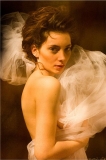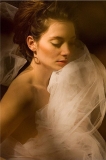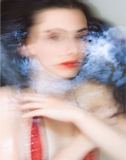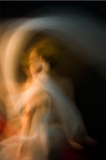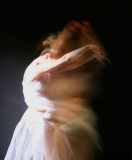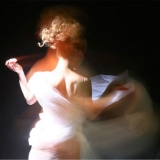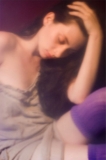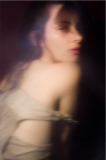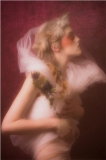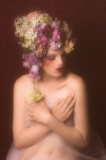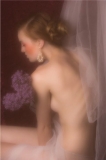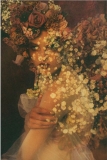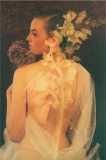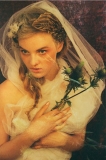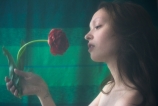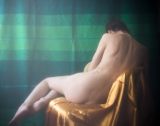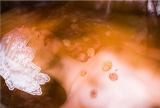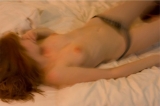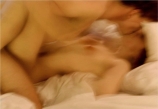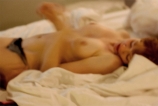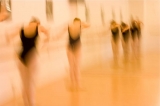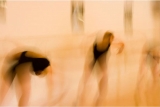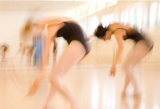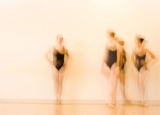Works
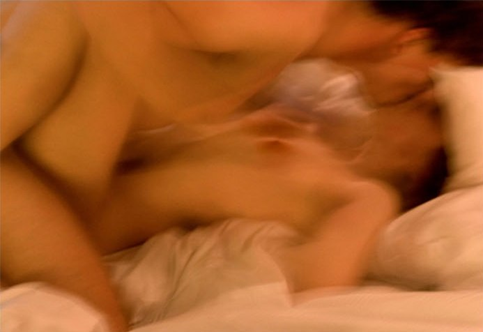
LOREEN HINZ – THE SECONDS DAZE
Solo show of the photographer from Leipzig, Saxony. On display are partially unpublished photographies of a body of work, started in 2010, that is stylistically indebted to pictorialism and the Old Masters without copying them, creating an independent visual reality through careful composition and deliberate blur.
31 July 2014 – 2 September 2014
On 31 July beginning at 7 p.m. all are invited to the opening reception at the gallery. The artist will be present.
The following works are presented in the show:
LOREEN HINZ – THE SECONDS DAZE
This show „The Second’s Daze“ by Loreen Hinz (born 1983) owes its title the short moment between unconsciousness and wakefulness, between diving into a place– and featureless dark and turning up to clear-cut reality, this intermediate state, the moment of daze, when flashbacks rise up from subconscious and soldify into indifferent dream images.
Currently living in Leipzig, artist Loreen Hinz (born 1983) has established herself as a fixture in international Fashion & Beauty Photography. Her work can be found in numerous photoblogs and on the websites of renowned labels. Since contributing photographs from her series “InVivo” to the German website art—Das Kunstmagazin and holding an exhibition of select works withVogue Italy in Milan, Loreen Hinz has been recognized as a high-caliber photographer. Her sensitive treatment of experimental techniques and portraiture-oriented design principles have elevated her images to the status of conveying superior, sensual experiences.
In balanced, photographic compositions, strong contrasts of light and color often emerge, as well as an experimental moment in the form of motion blur, which occurs while capturing an image with the camera. Only occasionally does Hinz carry out post-processing. The results are images of graceful female beauties integrated into a mysterious, diffused environment that lacks proper spatial definition. In conjunction with blurred contours, there arises sensation of dematerialization and transcendence.
It’s not only the reduced contours sharpness and aquarell-like flowing light effects, but also the presented subjects of portrait and nude that prove to be elements of an internalized archetypal form and image repertoir, resulting less from a process of awareness than being determined on the level of fantasically-surreal. Comparable to the pictorialism of historism the image creations of the artist represent the style canon of portrait painting from 16th to 19th century, but without imitating a certain style or even a certain artist, even if back-references to Old Masters such as Titian, Caravaggio or Ingres are intentionally calculated.
On this basis, Hinz attributes her fashion and portrait photography to what she considers genetic raw materials by consciously staging delicate color palates, poses, attributes, and blurriness, but never in an immediate repetetive way. Like this, the formal autonomy is preserved, despite a stylistic proximity to historic painting. In conjunction with their technically perfect implementation these works display a captivating effect.
